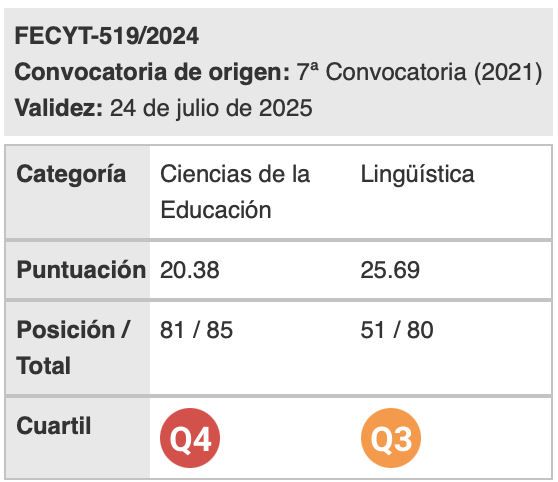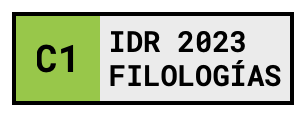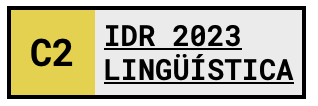From ESP to CLIL using the Schema Theory
Palabras clave:
schema theory, top-down and bottom-up information processing, scaffolding, teaching CLIL and ESP for Physiology in Sport SciencesResumen
This paper explains the use of the Schema Theory in planning and preparing a Physiology lesson in a CLIL tertiary context in a Spanish university. The adopted combination of methods used in applying the theory is transferable to any context and subject. Scaffolding for content and language learning was undertaken using schema-building through activities involving: (1) sequencing; (2) using an exercise with causality language for purposeful reading (3) outlining; and (4) commentating on a video. Since CLIL practices have often lead CLIL theory, the study is organized into two parts. The first part is described in this article, and the second part, involving feedback from the students in this study, is work in progress. The required Physiology lesson lent itself to outlining a reading, and applying top-down structuring of information and schema building, as well as to the use of causality. The video commentary activity, on the other hand, catered for a more bottom-up approach. The paper focuses on the design of materials and activities as part of the ongoing CLIL collaboration between the language and the content professors. Other than the Schema theory and top-down bottom-up information processing, the designed activities were based on the principles of social constructivism through language scaffolding and peer collaboration.
Descargas
Descargas
Publicado
Cómo citar
Número
Sección
Licencia
Aquellos autores/as que tengan publicaciones con esta revista, aceptan los términos siguientes:
- Los autores/as conservarán sus derechos de autor y garantizarán a la revista el derecho de primera publicación de su obra, el cuál estará simultáneamente sujeto a la Licencia de reconocimiento de Creative Commons que permite a terceros compartir la obra siempre que se indique su autor y su primera publicación esta revista.
- Los autores/as podrán adoptar otros acuerdos de licencia no exclusiva de distribución de la versión de la obra publicada (p. ej.: depositarla en un archivo telemático institucional o publicarla en un volumen monográfico) siempre que se indique la publicación inicial en esta revista.
- Se permite y recomienda a los autores/as difundir su obra a través de Internet (p. ej.: en archivos telemáticos institucionales o en su página web) antes y durante el proceso de envío, lo cual puede producir intercambios interesantes y aumentar las citas de la obra publicada. (Véase El efecto del acceso abierto).

Revista de Lenguas para fines específicos is licensed under a Creative Commons Reconocimiento-NoComercial-SinObraDerivada 4.0 Internacional License.






















